For someone who was born in Berlin in the 1960s, this place simply belongs in the city. Today, visitors from all over the world stand at Checkpoint Charlie in Berlin and cannot imagine that a border crossing from one part of the city to the other once existed here.
In the middle of Friedrichstraße is a large pole with a picture of a soldier. There is also a small wooden barrack with sandbags in front of it. Today, the sacks contain concrete instead of sand and the barracks are a replica – but that doesn’t change the popularity of the site. Checkpoint Charlie is still a magnet for visitors to Berlin from all over the world.

Once upon a time…
Let’s jump back to a time that changed and divided a country. After the Second World War, Berlin was divided into four Allied occupation zones (British zone, American zone, French zone and Soviet zone). Initially, Berliners were able to move back and forth between the occupation zones without any problems. This changed abruptly with the construction of the Berlin Wall in 1961, which almost completely separated the western Allied zone from the surrounding area and the “other” half of Berlin. There were only a few border crossings that made it possible to cross the sector border.

One of these border crossings was Checkpoint Charlie. From 1961 to 1990, it was located on the sector border between the American sector and the Soviet sector in Friedrichstraße, between the Berlin districts of Mitte and Kreuzberg.
Border crossing but not for everyone
When you think of border crossings, you might say “okay, show your ID and off you go to the other part of Berlin”. But that wasn’t the case … at least not for everyone.

Initially, only Allied military personnel and diplomats were allowed to cross the border at Checkpoint Charlie. This was possible without any problems due to special agreements between the Allies.
Very quickly, the GDR border troops also allowed foreigners, employees of the Permanent Mission of the Federal Republic of Germany in the GDR and GDR officials to cross, after extensive checks of course.

However, citizens of the Federal Republic, the GDR and, of course, Berlin were not allowed to pass. For us in western Berlin, however, there was a viewing platform nearby from which we could look “into the East”.
Checkpoint Charlie – a place of confrontation
Things were not always peaceful at Checkpoint Charlie over the years. In October 1961, for example, Soviet and American tanks faced each other ready for battle as a result of the SED leadership’s attempt to restrict the rights of the Western Allies. Both sides are even said to have given the order to use these weapons if necessary.

The checkpoint was also one of the places where GDR citizens repeatedly attempted to leave the country in often spectacular escape operations. The most famous escape attempts were certainly
17.8.1962 Peter Fechter – He was hit by several shots from a GDR border guard in the immediate vicinity of the checkpoint and bled to death in front of Western observers who were unable to help.
29.8.1986 – Three GDR citizens managed to escape with the help of a 7.5-ton gravel truck. They broke through the border barriers with the vehicle and reached the American sector of Berlin.
18.8.1989 Hans-Peter Spitzner and his daughter – The last refugee to cross Checkpoint Charlie managed to escape together with his daughter in the trunk of an Allied vehicle.
The end of the checkpoint and the beginning of a tourist attraction
With the fall of the Berlin Wall, life in the city changed fundamentally. Suddenly it was once again possible to move freely between Berlin’s districts. Former checkpoints were abandoned and stood deserted.

On June 22, 1990, even before the “official reunification”, the former checkpoint was dismantled as part of a commemorative ceremony. This facility can now be viewed in the Allied Museum in Berlin.
Since August 13, 2000, a faithful replica of the first checkpoint barracks has stood on its original site and is now one of the most important and popular sights in the city.
Visitor information
Address:
Friedrichstraße 43-45
10117 Berlin
Ticket price
free
Opening hours
0-24 h
How to get there
By subway
U6 – Kochstraße or Stadtmitte station
By bus
U Kochstraße station: M26, N6
Charlottenstraße station: M29
Station Stadtmitte: 200, N6, N2
Wilhemstraße/Kochstraße station: M29, N6
Excursion tips in the immediate vicinity
Wall Museum
The museum in the building at Checkpoint Charlie is one of the most visited museums in the city. It shows, for example, reports on escape attempts, border installations and interesting facts about the “protecting powers”. Tickets should be purchased in advance.

Open-air gallery
Since 2006, there have been some very interesting information boards along Friedrichstrasse, Zimmerstrasse and Schützenstrasse. The free exhibition reports, for example, on the failed and successful escapes, describes the significance of the border crossing and the memorial sites on the subject of the Berlin Wall.
BlackBox Cold War exhibition area
The BlackBox Cold War exhibition area on the east side of Friedrichstraße has complemented the information on Checkpoint Charlie since 2012. The historical events are documented in a multimedia exhibition.
Asisi Wall Panorama
A visit to the panoramic image by Yadegar Asisi is certainly a very special experience. It depicts divided Berlin on a fictitious day in 1980. Tickets can be purchased online in advance here.







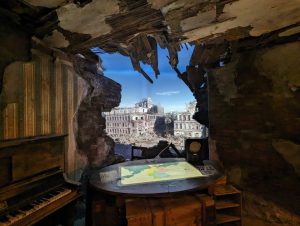






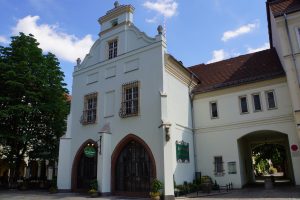

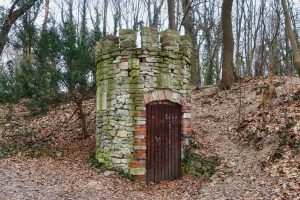
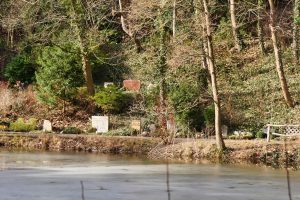
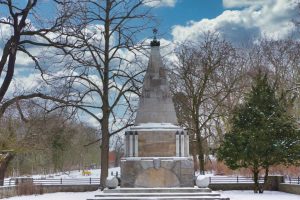










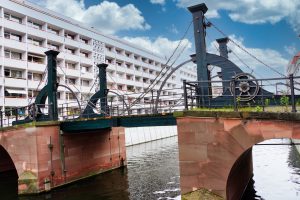
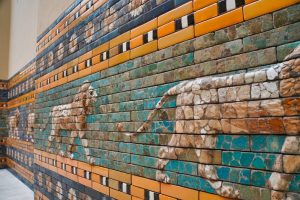



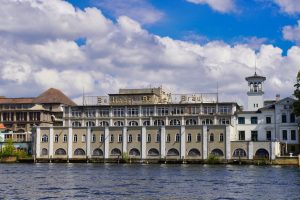









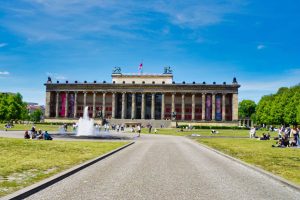





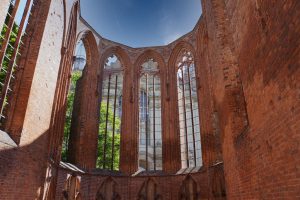

























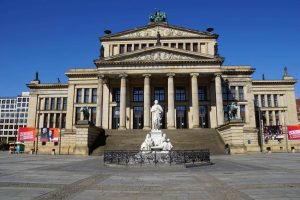







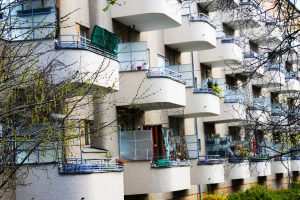










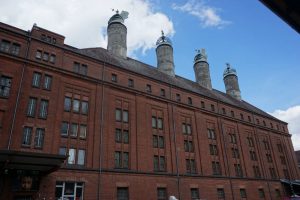





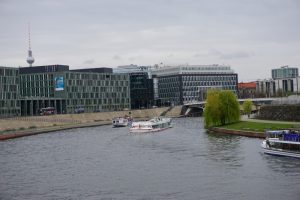
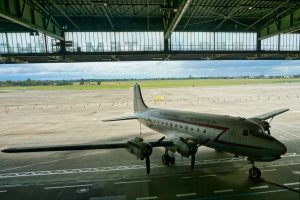








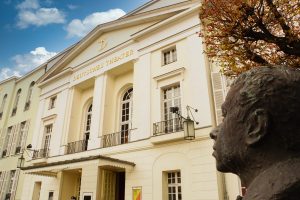


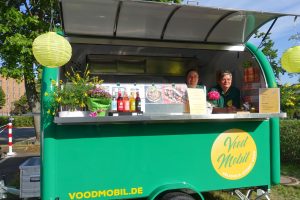















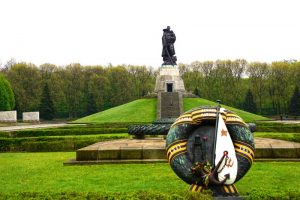














Leave a Reply